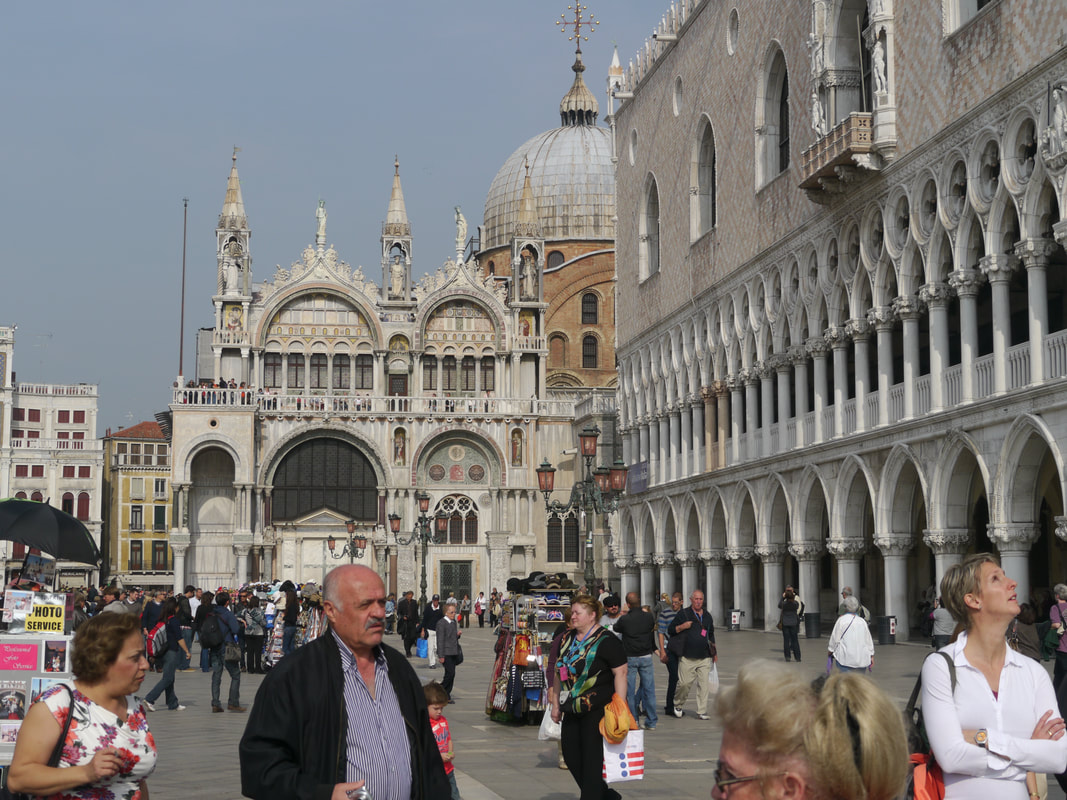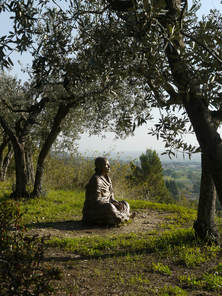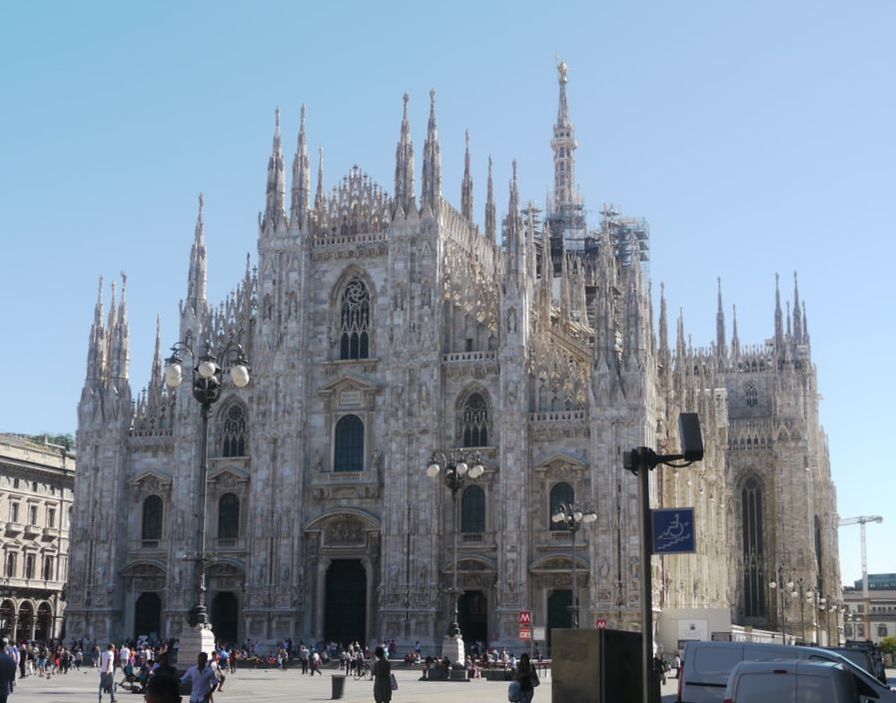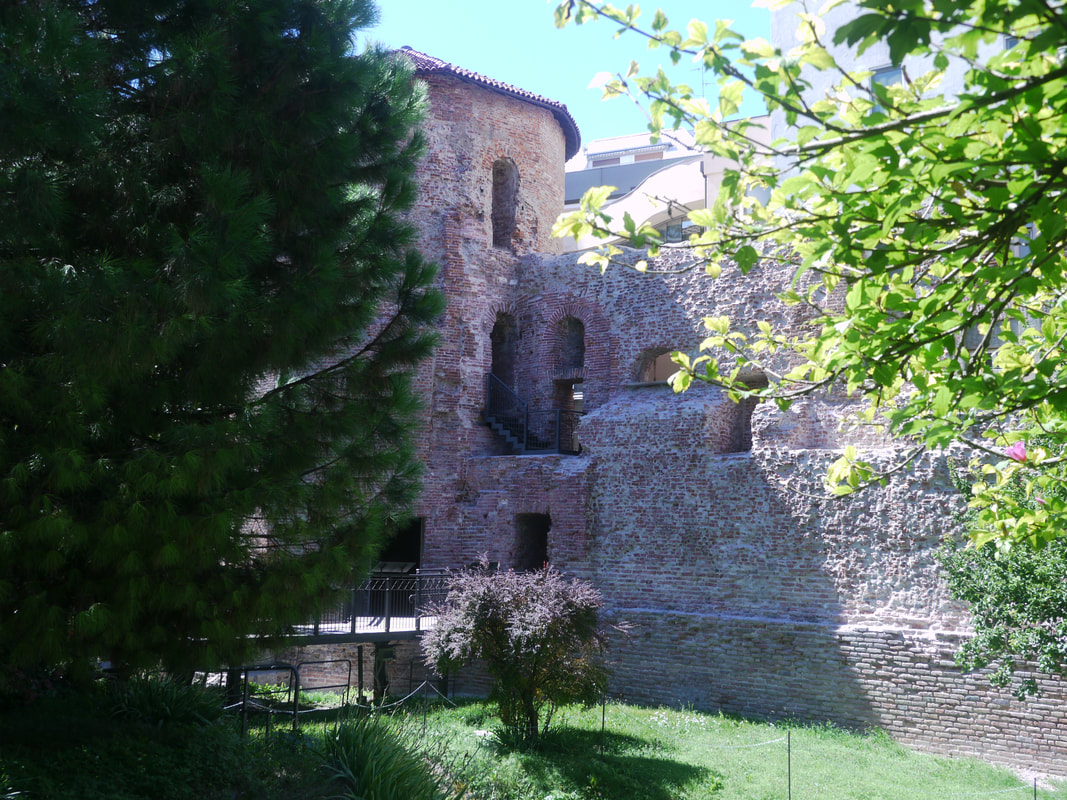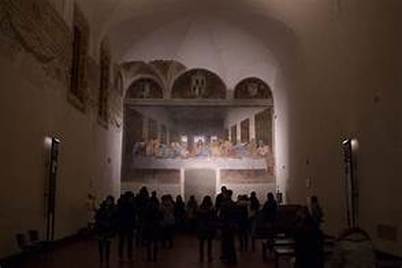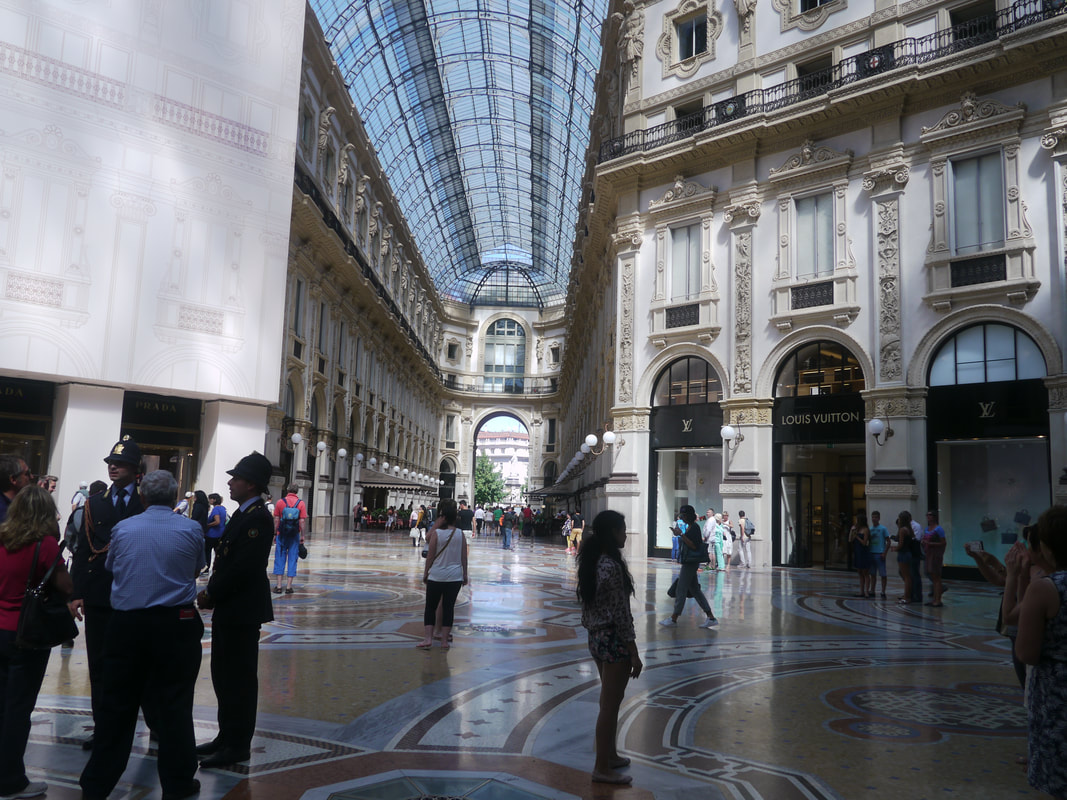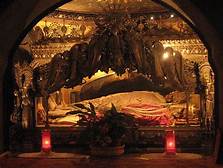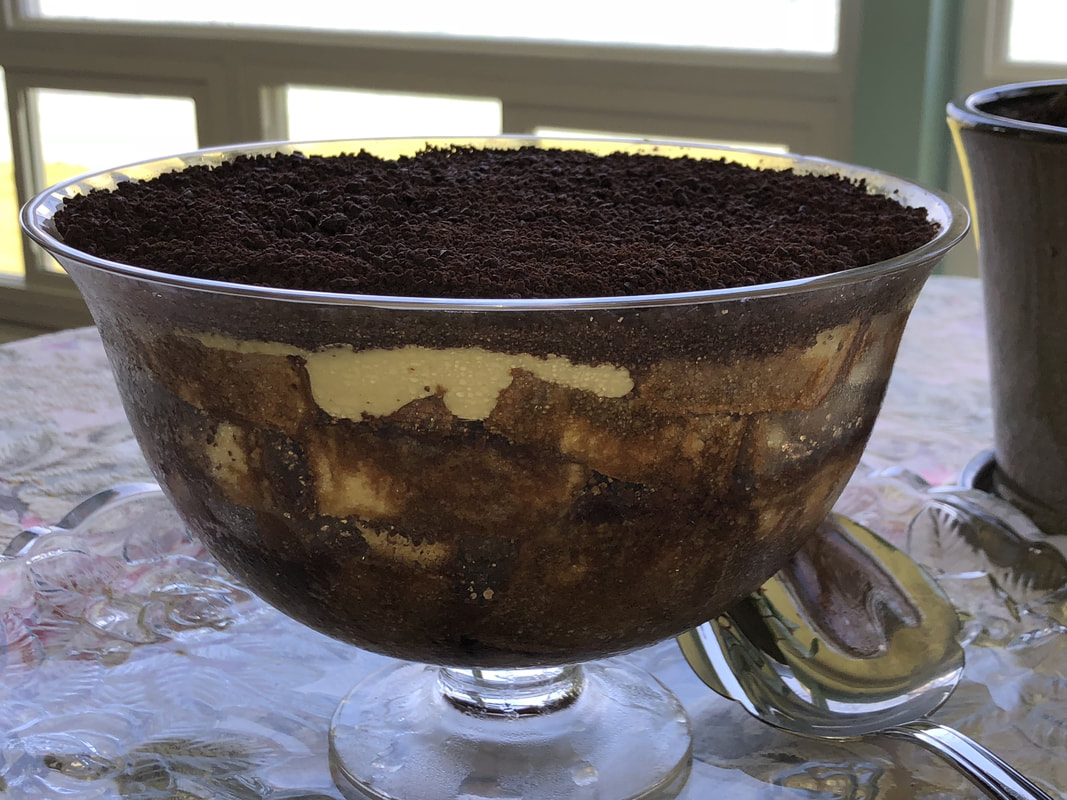Wherever one travels, it is the people who matter most. It is they who care for the natural setting in which they live, they who create the aesthetic values of their culture and they who affirm the sense of human dignity and decency that underpins all human interactions. In “A Prayer for My Daughter,” the Irish poet William Butler Yeats referred to this precious cultural legacy:
How but in custom and in ceremony
Are innocence and beauty born?
Originally a Celtic settlement around 600 BC, Milano became part of the Roman Empire in 222 BC. The Edict of Milan, proclaimed by Emperor Constantine in 313 of the current era, brought about religious freedom throughout the Roman Empire and paved the way for the building of all the magnificent ancient churches throughout the eastern Mediterranean region, including Milan’s Duomo, begun in 355 as a church dedicated to St. Thecla. On the same site in the middle of Milan’s ancient central plaza, construction of The Gothic version of this cathedral began in 1308 and continued for six hundred years, incorporating Medieval and later Renaissance elements in its design.
How was this problem solved? The monks just cut a hole in the wall, removing part of the painting. As we stood in the small room, gazing at the incredibly compelling mural, depicting the moment just after Jesus revealed to his apostles that one of them would betray him, one is simultaneously amused and heartbroken to see the hole in the wall at this great moment of spiritual solemnity.We were not allowed to photograph The Last Supper, and one cannot simply show up at Santa Maria delle Grazie and hope to get in. If you plan to visit Milan, you can order tickets on line.
Other intriguing destinations in Milan include La Scala, the world’s most famous opera house and Italy’s oldest shopping center, the Galleria Vittorio Emanuele II. Both are in close proximity to the Duomo. Officially named Teatro Alla Scala, Milan’s opera house was built in 1778 and has produced all of the great operas and ballets in the repertoire. Each year, La Scala’s season begins on December 7, the feast day of St. Ambrose, Milan’s patron saint. Operas being produced at La Scala in the summer of 2018 include Verdi’s Aida and, Ernani, Beethoven’s Fidelio, and Bellini’s Il Pirata, among many other offerings. Fortunately, tickets to La Scala can also be ordered on line.
If you have time for one more stop before leaving Milan, I suggest a visit to the Basilica of Sant’ Ambrogio, one of the most ancient churches in Milan, built by St. Ambrose between 379 and 386. Ambrose, Milan’s patron saint, still looms large in the city’s consciousness. This charismatic figure in church history is associated in art and symbolism with bees because of a legend that when he was an infant, bees flew into his mouth attracted by the honey of his tongue. He was a gifted orator, theologian and administrator, serving as the Bishop of Milan from 340 until his death in 397. Among other achievements, he is credited with writing several hymns and introducing antiphonal chant into the services. He also apparently originated the expression “When in Rome do as the Romans do,” in response to a question about regional differences in the church liturgy. Ambrose is also remembered for facilitating the conversion of St. Augustine, one of the great philosopher-theologians of the western world, and presiding at Augustine’s baptism in Milan in 387.
The Basilica of St. Ambrose was reconstructed in the Romanesque style in the Twelfth Century. It is an elegant brick church with two bell towers and stunning interior mosaics, including one of the earliest depictions of St. Ambrose. And the saint himself remains in the church.
Tiramisu (“lift me up” in Italian,) has become a trendy dessert in recent decades, and it is a favorite offering at Italian restaurants. Frankly, I am often disappointed by restaurant Tiramisu, as it seems somewhat wimpy and dull. And I suspect that this item finds its way into so many menus because it can be made well in advance and lasts for several days. Tiramisu is a simple layered dessert comprised of ladyfingers soaked in espresso topped with a custard or pastry cream containing mascarpone cheese and finished with cocoa sifted over the top. My version of Tiramisu perks up the original by substituting ground bittersweet chocolate for the gentle sprinkling of cocoa powder that tops most commercial Tiramisu. I also brazenly use pound cake instead of lady fingers, so my recipe doesn’t even deserve to be called Tiramisu. This is an easy dessert to make, but the custard will require your full attention. I recently took this dessert, served in a trifle bowl, to a gourmet Italian potluck. It disappeared to rave reviews, illegitimate though it may be as an Italian dessert.
-
- 6 egg yolks, at room temperature
- 1 cup sugar
- ½ cup flour
- 2 cups boiling half and half
- 2 teaspoons vanilla extract
- 8 ounces mascarpone cheese, at room temperature
- 2 packages ladyfingers (or 1 large frozen pound cake, thawed)
- 8-12 ounces of bittersweet chocolate, ground (I used an 11.5-ounce package of Guittard extra dark chocolate chips.
- 2 cups of brewed espresso (Use Medaglia D’Oro Espresso Instant Coffee if you don’t have an espresso machine.)
- ½ cup sugar Special equipment: medium sized mixing bowl, hand held electric mixer, rubber spatula, 1-quart glass measuring cup, medium sized non-aluminum saucepan, immersion blender, plastic wrap, food processor or chopper, teaspoon, decorative glass bowl or trifle bowl.
Serves: 12
- Microwave 2 cups of half and half just to boiling in a large glass measuring cup. Set aside. Beat the egg yolks in a medium sized mixing bowl, gradually adding 1 cup of sugar. Continue to beat until the mixture is thick and pale and forms a slowly dissolving ribbon when the beaters are lifted, about 4 minutes.
- Beat in the flour. Gradually add the hot half and half, beating constantly. Transfer the mixture to the saucepan, stirring with a rubber spatula. Cook over medium heat, whisking constantly with an immersion blender.
- When the mixture boils, lower the heat and continue cooking for several more minutes, using the immersion blender to prevent the custard from burning. When the mixture is very thick, remove from the heat. Add the vanilla and mascarpone cheese and beat with the blender until the cheese is incorporated into the custard and there are no lumps.
- Cover the top of the custard with plastic wrap. Cool to room temperature and refrigerate. Brew 2 cups of espresso and sweeten it with ½ cup of sugar. Stir until the sugar dissolves. Set aside.
- In a food processor or chopper, such as a Ninja, chop the bittersweet chocolate until it is very fine, but not powdery. To assemble the Tiramisu, arrange ladyfingers (or slices of pound cake) over the bottom of a trifle bowl, and soak them generously in the espresso mixture using a teaspoon. Spread a layer of the cooled mascarpone custard over the cake slices and sprinkle the top generously with ground chocolate.
- Continue this process until you have three layers, topping the third layer completely with ground chocolate. Refrigerate the Tiramisu for several hours or overnight. Can be made two days in advance. Refrigerate any leftovers.


